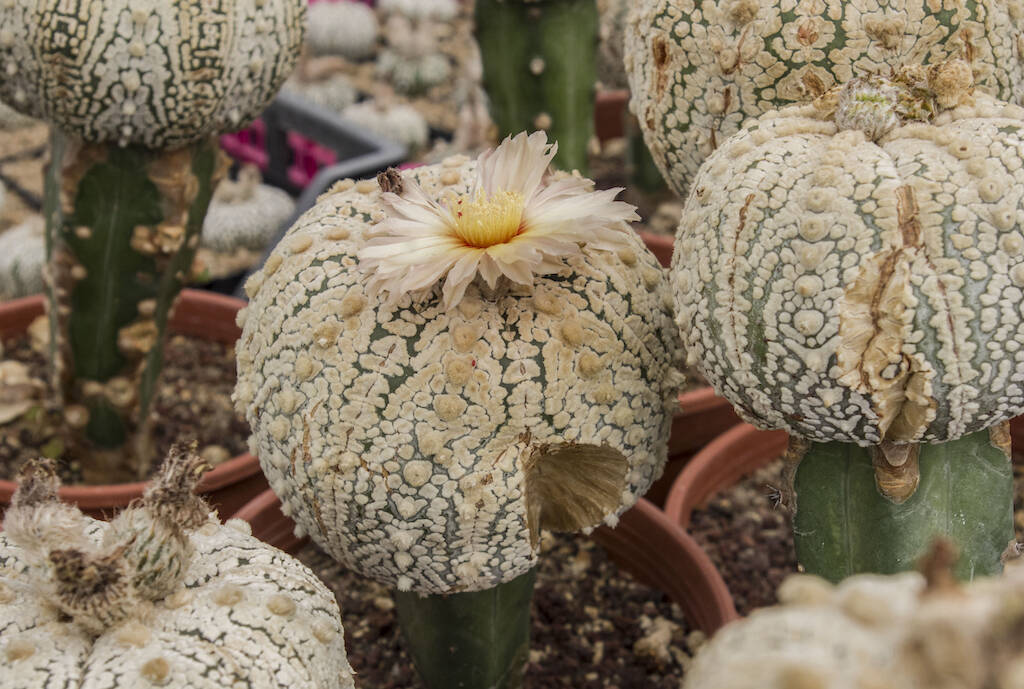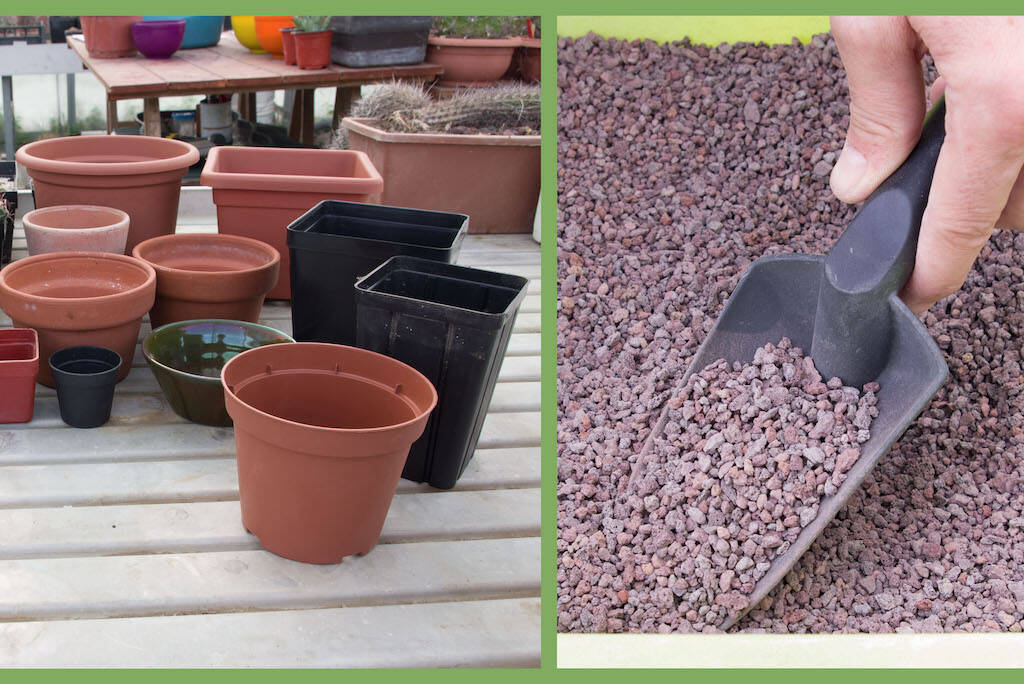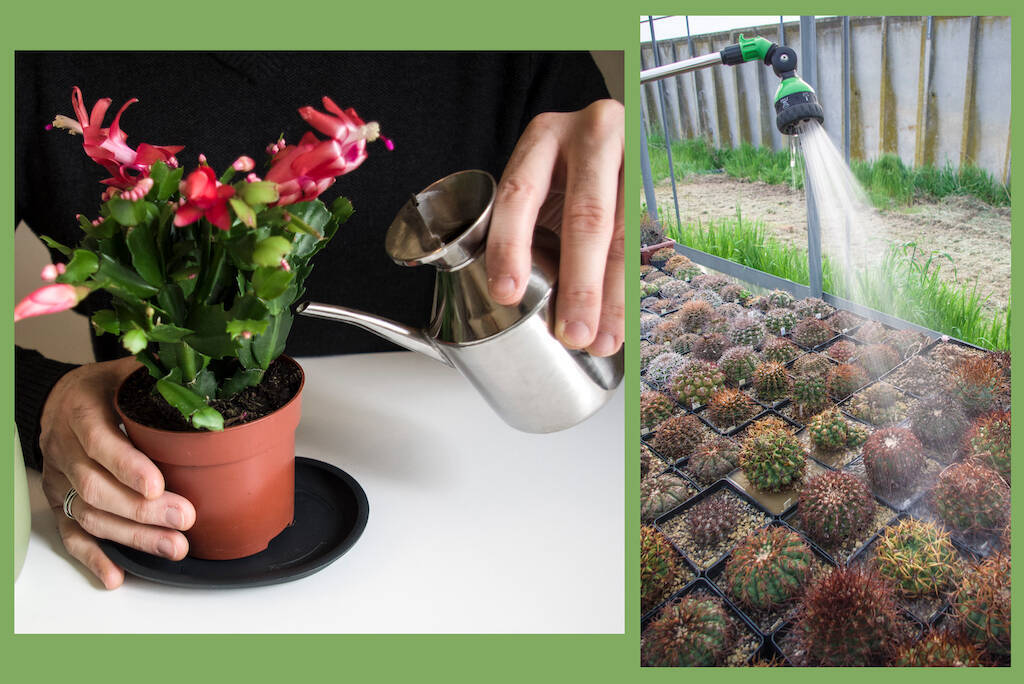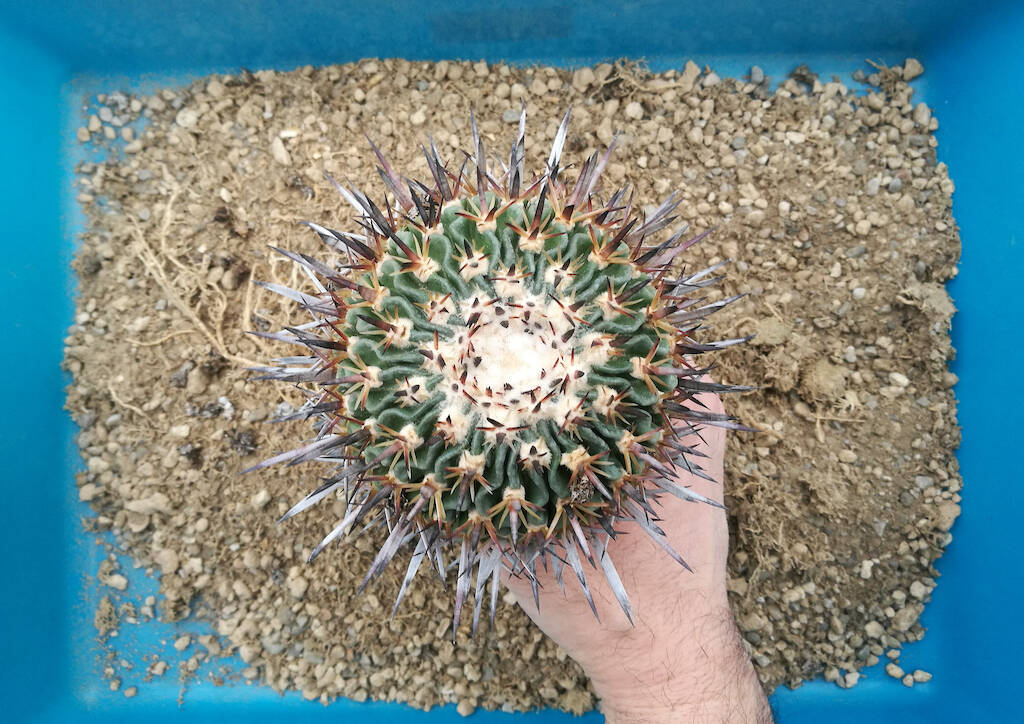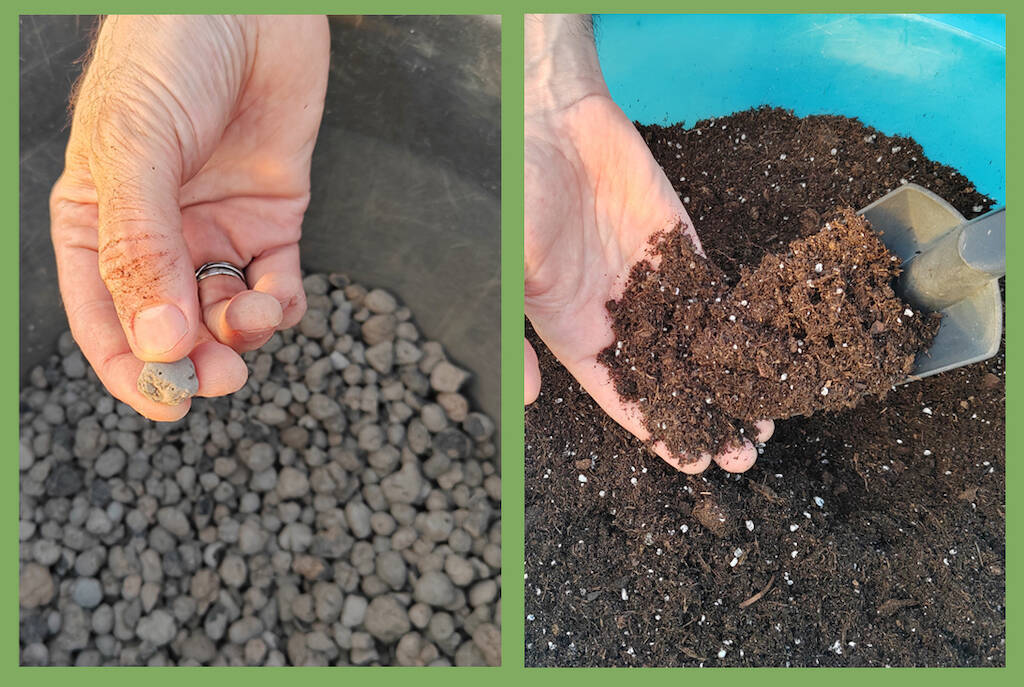In cacti as well as in many other botanical families, grafting is a common practice, usually adopted to grow delicate plants more easily and to speed up the growth rates of the plants themselves. In short, it consists of combining a delicate plant with a robust plant, which will provide the former with nourishment and encourage its growth.
Those who follow this site know well that the “philosophy” underlying the cultivation of cacti and succulents adopted by me is based on obtaining plants as similar as possible to those in the habitat. My approach to cultivation is essentially simple and spartan and is inspired by the so-called “wild” cultivation method, which precisely has the aim of obtaining cacti with a natural, lived-in appearance and, overall, as similar as possible to what plants have in nature. It is for this reason that it is not my habit to practice grafting cacti, which can certainly be a useful technique in many cases but which does not lead, from an aesthetic point of view, to obtaining specimens similar to those that grow in their habitat. This is not only due to the very fact that one plant grows grafted onto another, but also due to the fact that grafted plants tend over time to take on very different characteristics from those of plants grown naturally. In fact, grafted plants can have much more swollen stems, sometimes deformed compared to the norm and even the thorns can grow differently.
However, given the high number of growers who practice grafting (also useful for speeding up the growth of cacti and making them flower so as to be able to pollinate them to have seeds with which to reproduce them) or who do not disdain the cultivation of grafted plants and considered many questions that they reached me over time via email, here, for completeness, is an article that deals with this practice and explains how to graft cacti (…)
Per proseguire nella lettura dell'articolo Accedi o Abbonati
To continue reading the article LogIn or Subscribe


